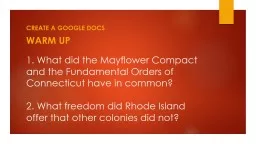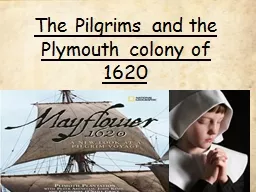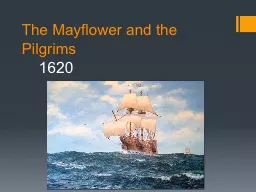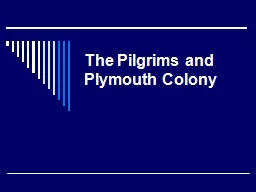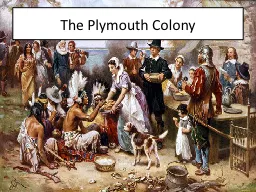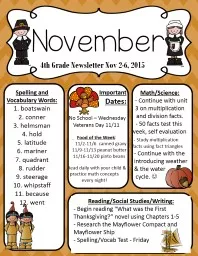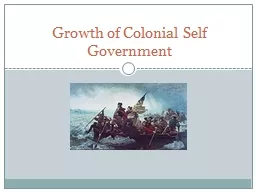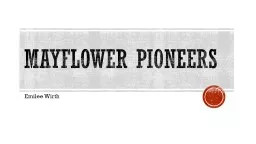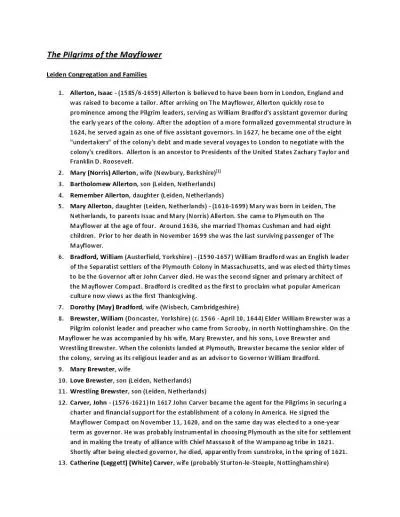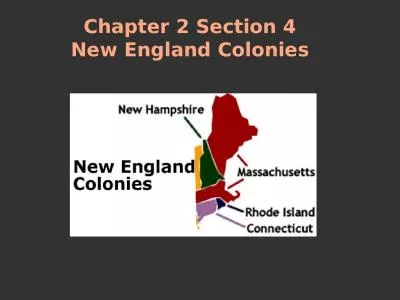PPT-1. What did the Mayflower Compact and the Fundamental Orders of Connecticut have in common?
Author : natalia-silvester | Published Date : 2018-03-15
2 What freedom did Rhode Island offer that other colonies did not CREATE A GOOGLE DOCS WARM UP The Middle and Southern Colonies Middle Colonies Most diverse population
Presentation Embed Code
Download Presentation
Download Presentation The PPT/PDF document "1. What did the Mayflower Compact and th..." is the property of its rightful owner. Permission is granted to download and print the materials on this website for personal, non-commercial use only, and to display it on your personal computer provided you do not modify the materials and that you retain all copyright notices contained in the materials. By downloading content from our website, you accept the terms of this agreement.
1. What did the Mayflower Compact and the Fundamental Orders of Connecticut have in common?: Transcript
Download Rules Of Document
"1. What did the Mayflower Compact and the Fundamental Orders of Connecticut have in common?"The content belongs to its owner. You may download and print it for personal use, without modification, and keep all copyright notices. By downloading, you agree to these terms.
Related Documents

